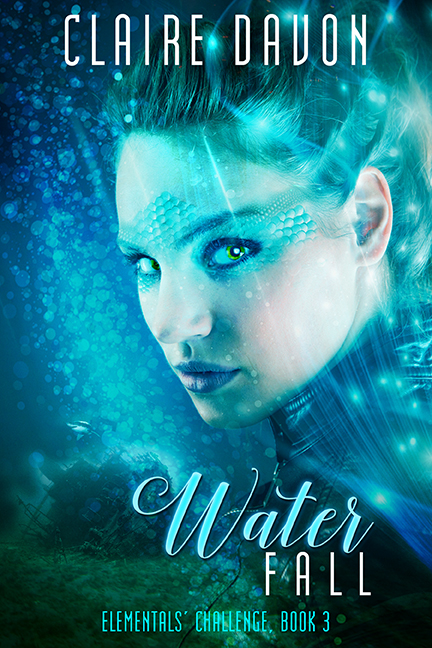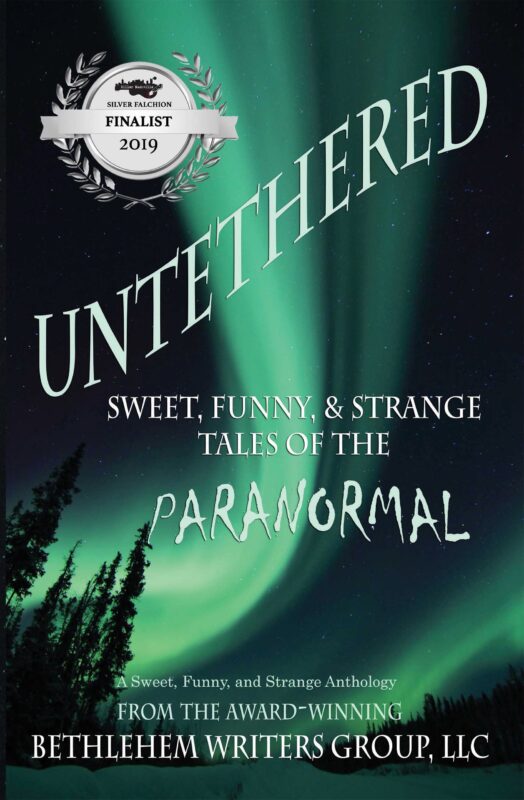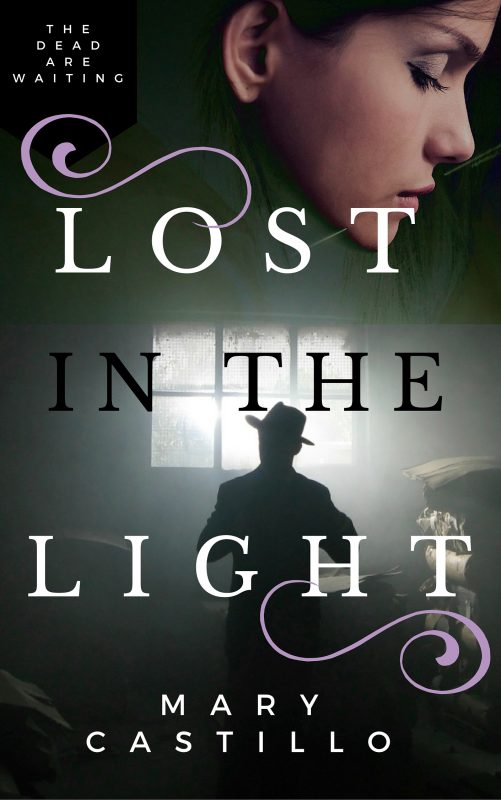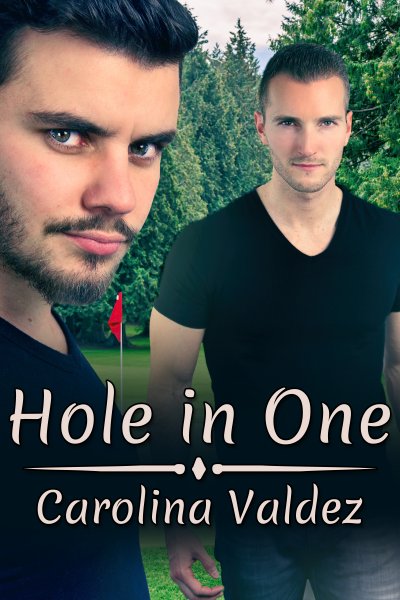How Can We Write More? by Kitty Bucholtz
April 9, 2016 by Kitty Bucholtz in category It's Worth It by Kitty Bucholtz tagged as It's Worth It, Kitty Bucholtz, SpeedwritingMost of the writers I know want to write faster. They want to get more words down on the page during every writing session. I’ve been one of those writers for as long as I can remember…and I probably always will be!
Over the years, I’ve gotten faster – and without learning how to type faster! Now, I’ve had friendly arguments with writers about why your typing speed does matter. You can think faster than you can talk. You can speak faster than you can type. So if your thoughts are in the writing flow, they are moving fast. So the faster you can physically type, the faster you can get those words down on the page.
So the fact that I learned to write faster over time was more about getting my thoughts deeper into the writing flow. If I also learned how to type faster, I would be able to get even more of the story down in each sitting.
Okay, so let’s say you’re not going to update your typing skills, and you’re not ready to try dictation. How can you write faster?
There are several ebooks for writers that have focused on or touched on this one main idea: organize your thoughts before you sit down, then set a timer and write as fast as you can for a set length of time.
Let me break it down.
Why organize your thoughts first?
Even if you’re a pantser, you probably have some idea of the very next scene you plan to write. Now, what if you spent 5-10 minutes and closed your eyes or doodled or whatever you do, and you really saw the scene fully in your mind? What if you didn’t start typing until you could really see it?
You’d probably write faster.
Why set a timer?
If you have an hour and that’s it, have you noticed that you tend to really get those words out on paper because you’re hurrying to beat the clock? (Let’s assume that you’ve organized your thoughts and know what you wanted to write at the beginning of the hour.) Or if you have 30 minutes, and you know what you want to say, and it comes rushing out – partially because you have to go do something else soon? That’s why setting a timer works so well even when you have 4 or 5 hours to work.
You end up getting more words on the page.
Why pick an arbitrary time to stop?
For the same reason you set the timer in the first place – you’re pushing to get your thoughts out on the page before something (the timer) tells you to stop. You don’t dawdle. You don’t take a bathroom break and then a snack break and then answer a text during that hour (or 20 or 30 or 40 minutes). You type. Then you can take a break, answer a text, check emails, and then come back to the next timed session ready to do it again.
And write even more than before.
I hesitated to try this until recently because I hadn’t fully understood the answers to the three questions above. Once I realized how and why the whole thing worked, I haven’t been able to stop using this method! I went from a record high of 5000 words in a day to 7157 words in a day – both at writer retreats where the only thing I had on my schedule for the day was to write.
On my previously record high day, I started my writing day at 7am, took a break a few hours later to exercise and shower, wrote some more, took an hour for lunch to watch TV and give my brain and eyes a rest, then worked again until dinner around 5 or 6, and sometimes put in another hour after dinner if I had the energy.
On my new record high day at a writing retreat with my friend Elena Dillon last month, I wrote in five 1-hour sessions between breakfast and dinner and wrote 43% more than when I worked more hours!
I hope my explanation here has helped you see why this is a method you could try. If you want more detailed explanations from other writers, try Chris Fox’s book 5000 Words Per Hour (all of his books are really good) or Rachel Aaron’s book 2k to 10k: Writing Faster, Writing Better, and Writing More of What You Love. If you know of a book that could help people write faster, please mention it in the comments. 🙂
Kitty Bucholtz decided to combine her undergraduate degree in business, her years of experience in accounting and finance, and her graduate degree in creative writing to become a writer-turned-independent-publisher. Her novels, Little Miss Lovesick, A Very Merry Superhero Wedding, and Unexpected Superhero are currently available on Amazon. The free short story “Superhero in Disguise” and the new short story “Welcome to Loon Lake” are available wherever ebooks are sold. You can find out about her courses on self-publishing, marketing, and time management for writers at her website Writer Entrepreneur Guides.
0 0 Read moreAffiliate Links
A Slice of Orange is an affiliate with some of the booksellers listed on this website, including Barnes & Nobel, Books A Million, iBooks, Kobo, and Smashwords. This means A Slice of Orange may earn a small advertising fee from sales made through the links used on this website. There are reminders of these affiliate links on the pages for individual books.
Search A Slice of Orange
Find a Column
Archives
Featured Books
THE CHRISTMAS PRESENT
HOW FAR WOULD YOU GO TO PROTECT THE ONES YOU LOVE?
More info →UNTETHERED: SWEET, FUNNY, AND STRANGE TALES OF THE PARANORMAL
Stoke the campfire and get ready for some chills and goosebumps when you open this paranormal addition to the award-winning Bethlehem Writers Group's "Sweet, Funny, and Strange" anthologies.
More info →LOST IN THE LIGHT
One October morning in 1932, Vicente Sorolla entered the white house on the hill and was never seen again. Now, Detective Dori Orihuela witnesses his brutal murder in her nightmares.
More info →HOLE IN ONE
By day they had been fierce rivals in a collegiate golf competition, but at night . . .
More info →Newsletter
Contributing Authors
Search A Slice of Orange
Find a Column
Archives
Authors in the Bookstore
- A. E. Decker
- A. J. Scudiere
- A.J. Sidransky
- Abby Collette
- Alanna Lucus
- Albert Marrin
- Alice Duncan
- Alina K. Field
- Alison Green Myers
- Andi Lawrencovna
- Andrew C Raiford
- Angela Pryce
- Aviva Vaughn
- Barbara Ankrum
- Bethlehem Writers Group, LLC
- Carol L. Wright
- Celeste Barclay
- Christina Alexandra
- Christopher D. Ochs
- Claire Davon
- Claire Naden
- Courtnee Turner Hoyle
- Courtney Annicchiarico
- D. Lieber
- Daniel V. Meier Jr.
- Debra Dixon
- Debra H. Goldstein
- Debra Holland
- Dee Ann Palmer
- Denise M. Colby
- Diane Benefiel
- Diane Sismour
- Dianna Sinovic
- DT Krippene
- E.B. Dawson
- Emilie Dallaire
- Emily Brightwell
- Emily PW Murphy
- Fae Rowen
- Faith L. Justice
- Frances Amati
- Geralyn Corcillo
- Glynnis Campbell
- Greg Jolley
- H. O. Charles
- Jaclyn Roché
- Jacqueline Diamond
- Janet Lynn and Will Zeilinger
- Jaya Mehta
- Jeff Baird
- Jenna Barwin
- Jenne Kern
- Jennifer D. Bokal
- Jennifer Lyon
- Jerome W. McFadden
- Jill Piscitello
- Jina Bacarr
- Jo A. Hiestand
- Jodi Bogert
- Jolina Petersheim
- Jonathan Maberry
- Joy Allyson
- Judy Duarte
- Justin Murphy
- Justine Davis
- Kat Martin
- Kidd Wadsworth
- Kitty Bucholtz
- Kristy Tate
- Larry Deibert
- Larry Hamilton
- Laura Drake
- Laurie Stevens
- Leslie Knowles
- Li-Ying Lundquist
- Linda Carroll-Bradd
- Linda Lappin
- Linda McLaughlin
- Linda O. Johnston
- Lisa Preston
- Lolo Paige
- Loran Holt
- Lynette M. Burrows
- Lyssa Kay Adams
- Madeline Ash
- Margarita Engle
- Marguerite Quantaine
- Marianne H. Donley
- Mary Castillo
- Maureen Klovers
- Megan Haskell
- Melanie Waterbury
- Melisa Rivero
- Melissa Chambers
- Melodie Winawer
- Meriam Wilhelm
- Mikel J. Wilson
- Mindy Neff
- Monica McCabe
- Nancy Brashear
- Neetu Malik
- Nikki Prince
- Once Upon Anthologies
- Paula Gail Benson
- Penny Reid
- Peter Barbour
- Priscilla Oliveras
- R. H. Kohno
- Rachel Hailey
- Ralph Hieb
- Ramcy Diek
- Ransom Stephens
- Rebecca Forster
- Renae Wrich
- Roxy Matthews
- Ryder Hunte Clancy
- Sally Paradysz
- Sheila Colón-Bagley
- Simone de Muñoz
- Sophie Barnes
- Susan Kaye Quinn
- Susan Lynn Meyer
- Susan Squires
- T. D. Fox
- Tara C. Allred
- Tara Lain
- Tari Lynn Jewett
- Terri Osburn
- Tracy Reed
- Vera Jane Cook
- Vicki Crum
- Writing Something Romantic
Affiliate Links
A Slice of Orange is an affiliate with some of the booksellers listed on this website, including Barnes & Nobel, Books A Million, iBooks, Kobo, and Smashwords. This means A Slice of Orange may earn a small advertising fee from sales made through the links used on this website. There are reminders of these affiliate links on the pages for individual books.












































